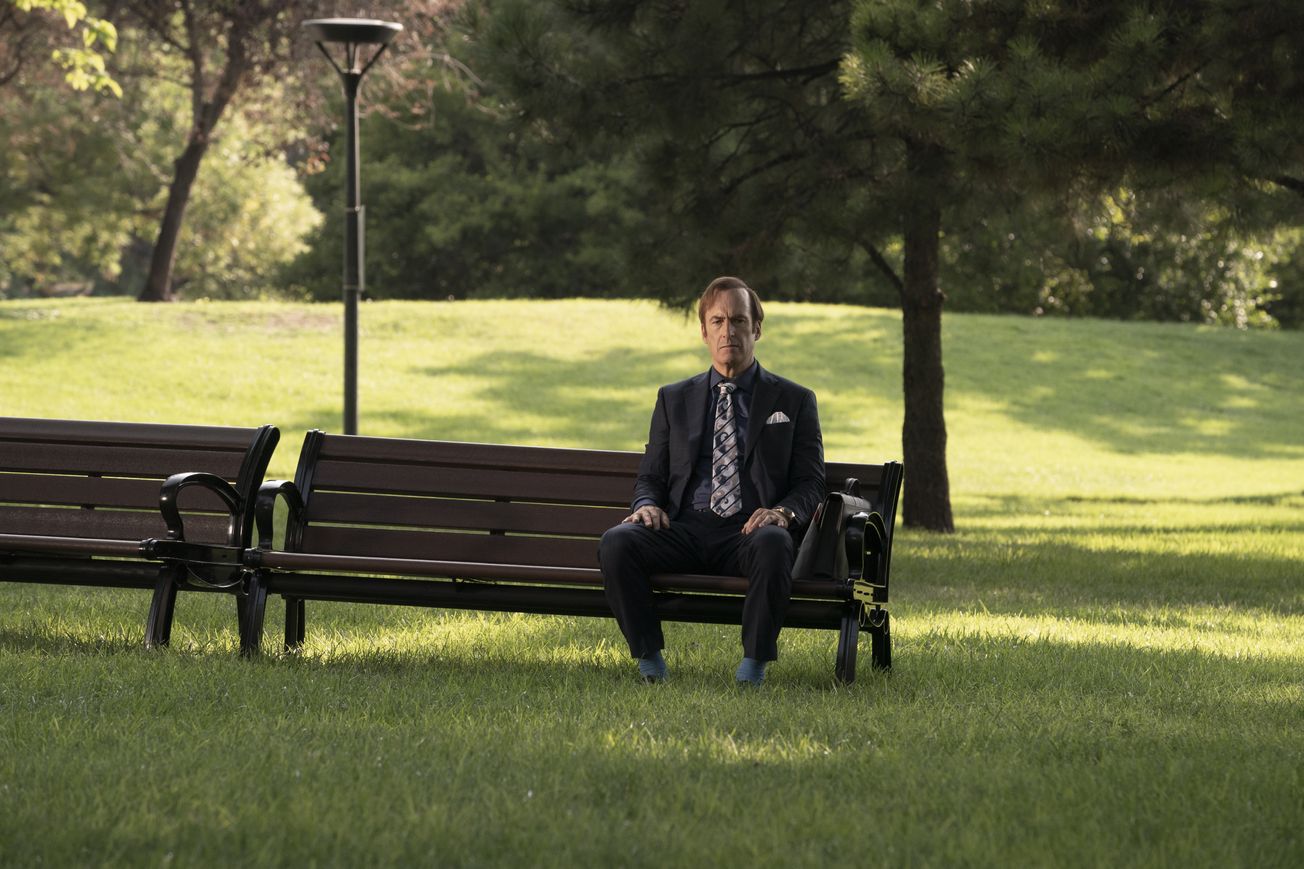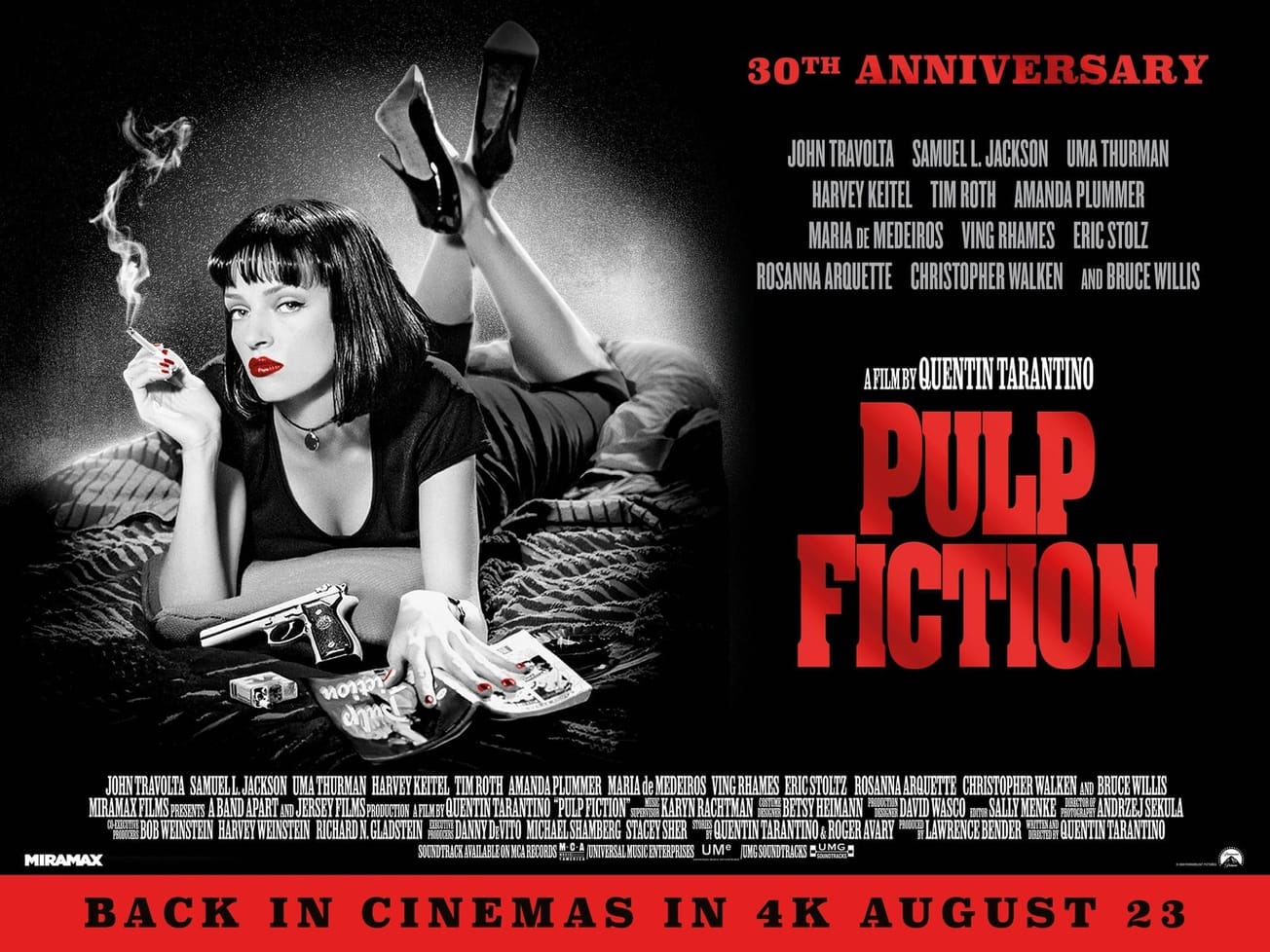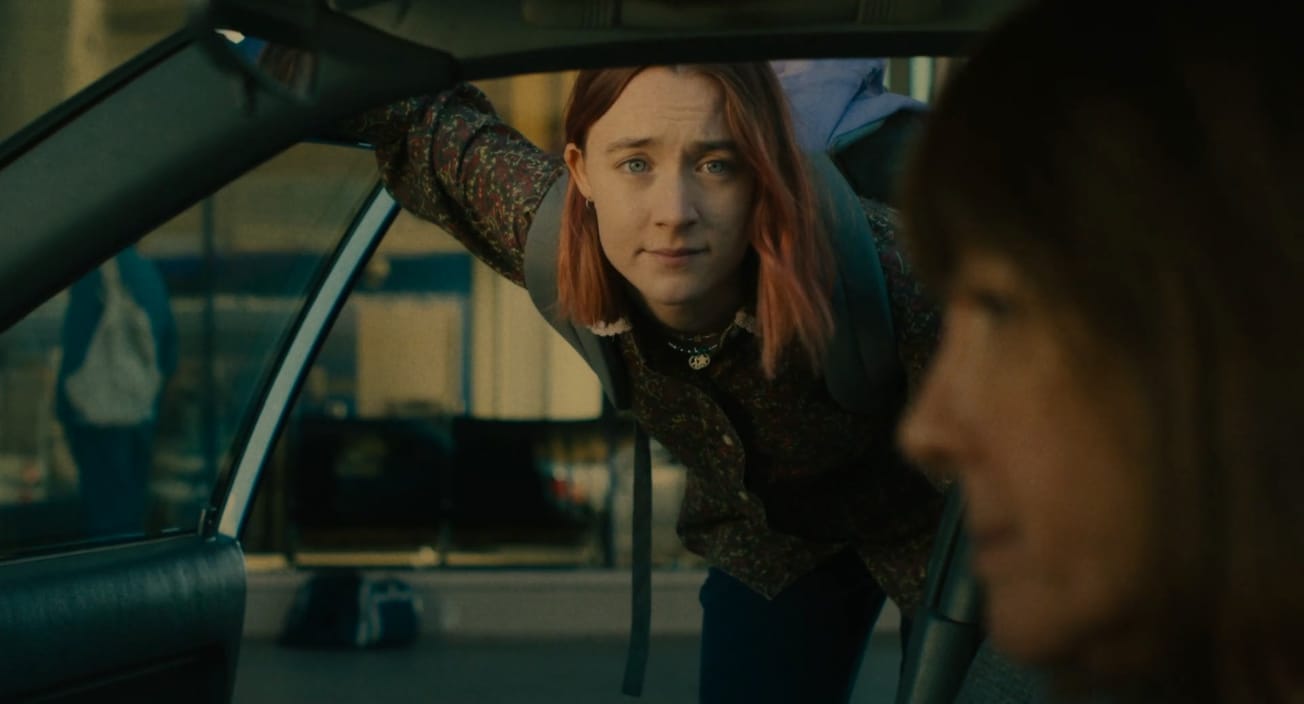By Arron Kennon, Second year, English
In season 2, episode 8 of Breaking Bad (2008-2013), titled 'Better Call Saul', we are first introduced to the sleazy, fast-talking Saul Goodman. 13 years later, the final season of the prequel series dedicated to this lovable and extremely morally questionable lawyer has come to an end, bringing to a close the arc of one of Television’s greatest ever characters.
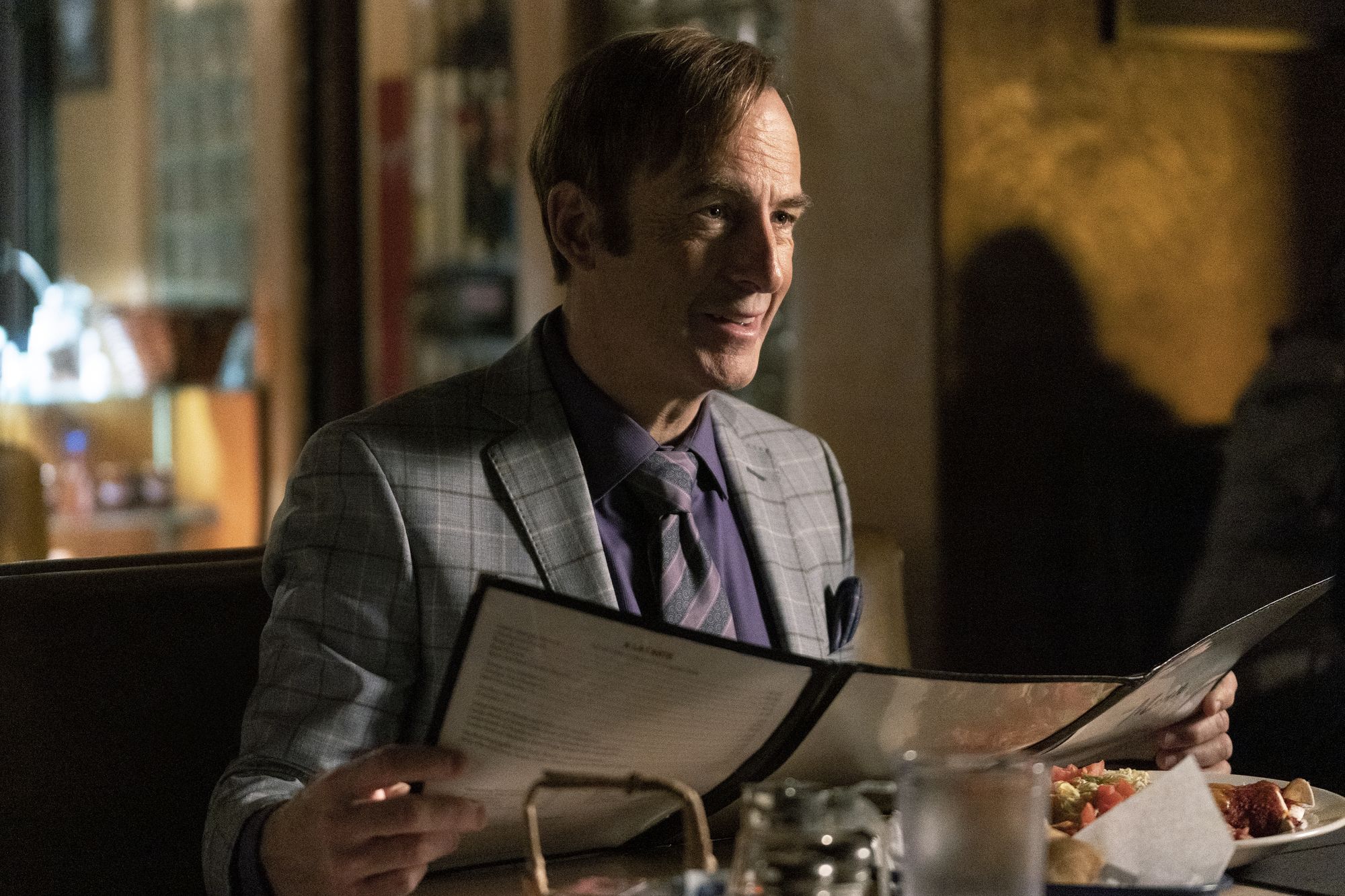
Like all good prequels, Better Call Saul (2015-2022) plays on the uncertainty of the fates of the characters who did not make it into the original. Nacho’s journey was shrouded in perpetual tragedy, his father was always on his mind as he relentlessly tried to remove himself from the game, only to find the claws of the cartel tightening around him.
The tragic inevitability that became apparent in his arc did not, however, stop his final few days from being breathtakingly tense, whether that's in his excruciatingly close encounter with the twins or the final promise of hope as he momentarily held Bolsa captive. In the end, however, he knew, as we all did, that this time, escape was impossible.
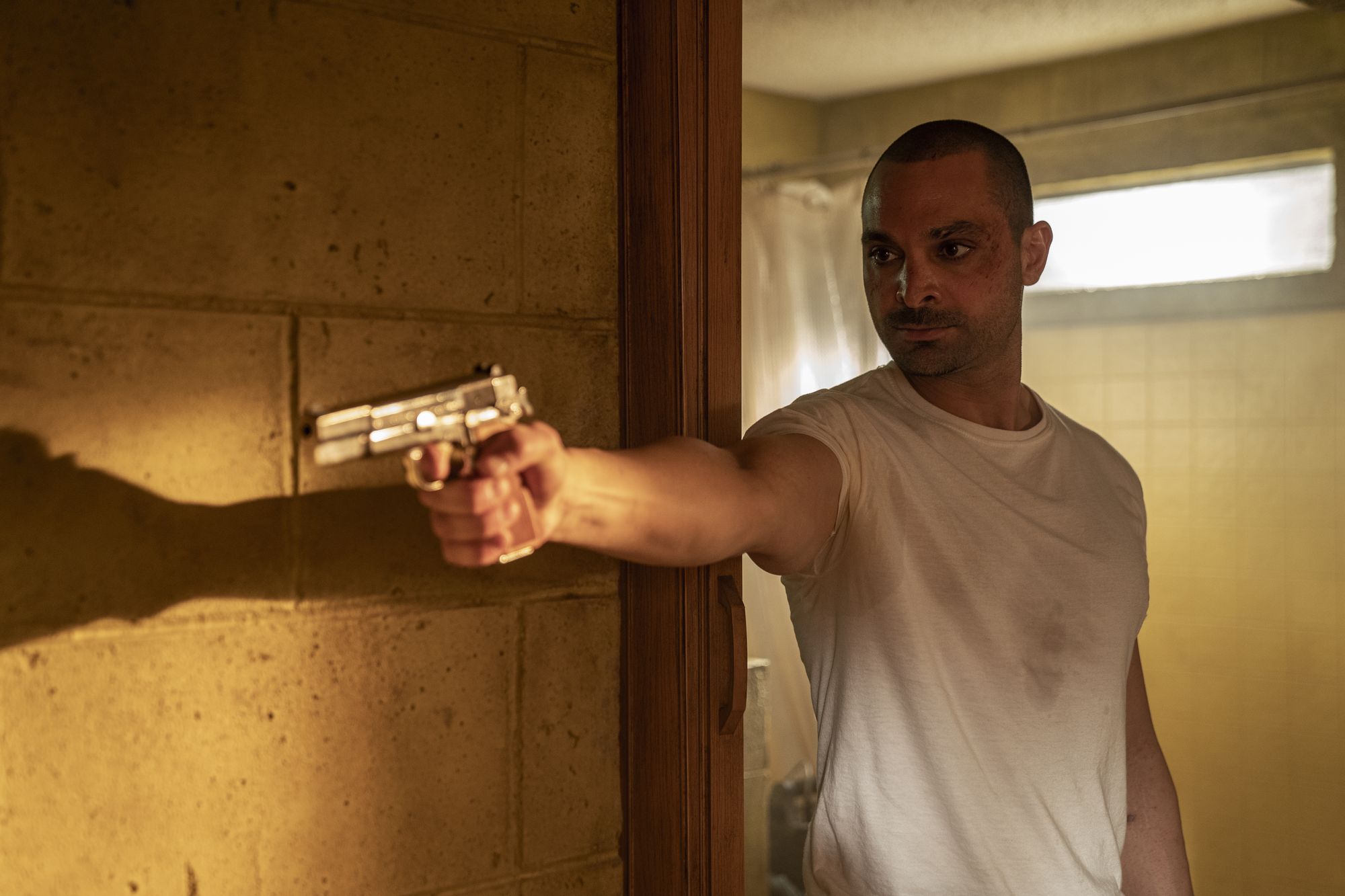
On the other end of the spectrum was Lalo: psychopathic, brilliant, and always terrifying. His stand-off with Kim and Saul remains the tensest moment of the series. The intelligence and power he displayed to not only single-handedly discover Gus’s lab but also to enter it despite its protection solidifies his place as the most frightening villain of the Breaking Bad universe.
One must be ruthless and without weakness to be an adversary to Gus Fring, and although Gus eventually got the better of him, no man has ever made him sweat quite as much. His transcendent level of evil almost promised to defy the limitations placed on his character due to his absence in Breaking Bad, leaving his fate truly uncertain and utterly engaging until the end.
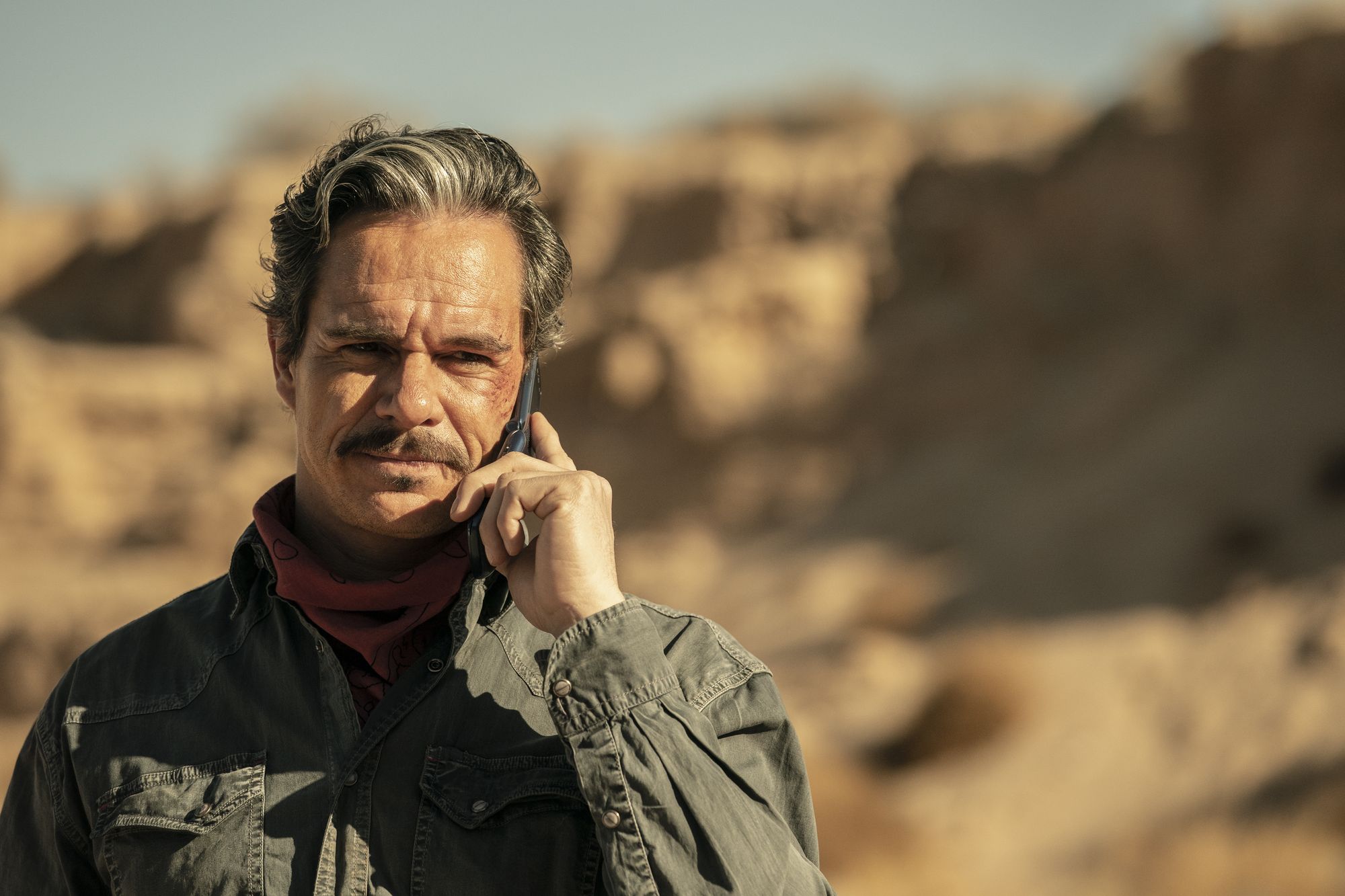
One of the main themes that runs through both Breaking Bad and Better Call Saul is the justifications men fabricate for their immoral paths and the inevitable and inescapable consequences which follow. This is explored fully in the final season, where we see Saul and Kim Wexler carry out a full-on character assassination of Howard Hamlin.
We are taken on the ride with them as we laugh along to Saul and Kim framing him for harassing prostitutes and possessing and taking drugs, ultimately leading to his reputation as a top lawyer collapsing into a paranoid addict. Like Kim and Saul, we justify this malice with the memory of Howard’s treatment of the protagonists and the satisfaction of perverting the image of a strait-laced man.
However, the reality check follows soon after, as Howard arrives at their house, drunk, desperately demanding an admission from them of their scheme, unable to understand how two people could justify such a sinisterly meticulous annihilation of his reputation. When this is cut short by Lalo walking in and shooting Howard in the face, it becomes clear that Howard never deserved what they did to him. It was their character assassination of him that brought him to his physical assassination; the consequence of their actions was now lying lifeless on the floor before them.
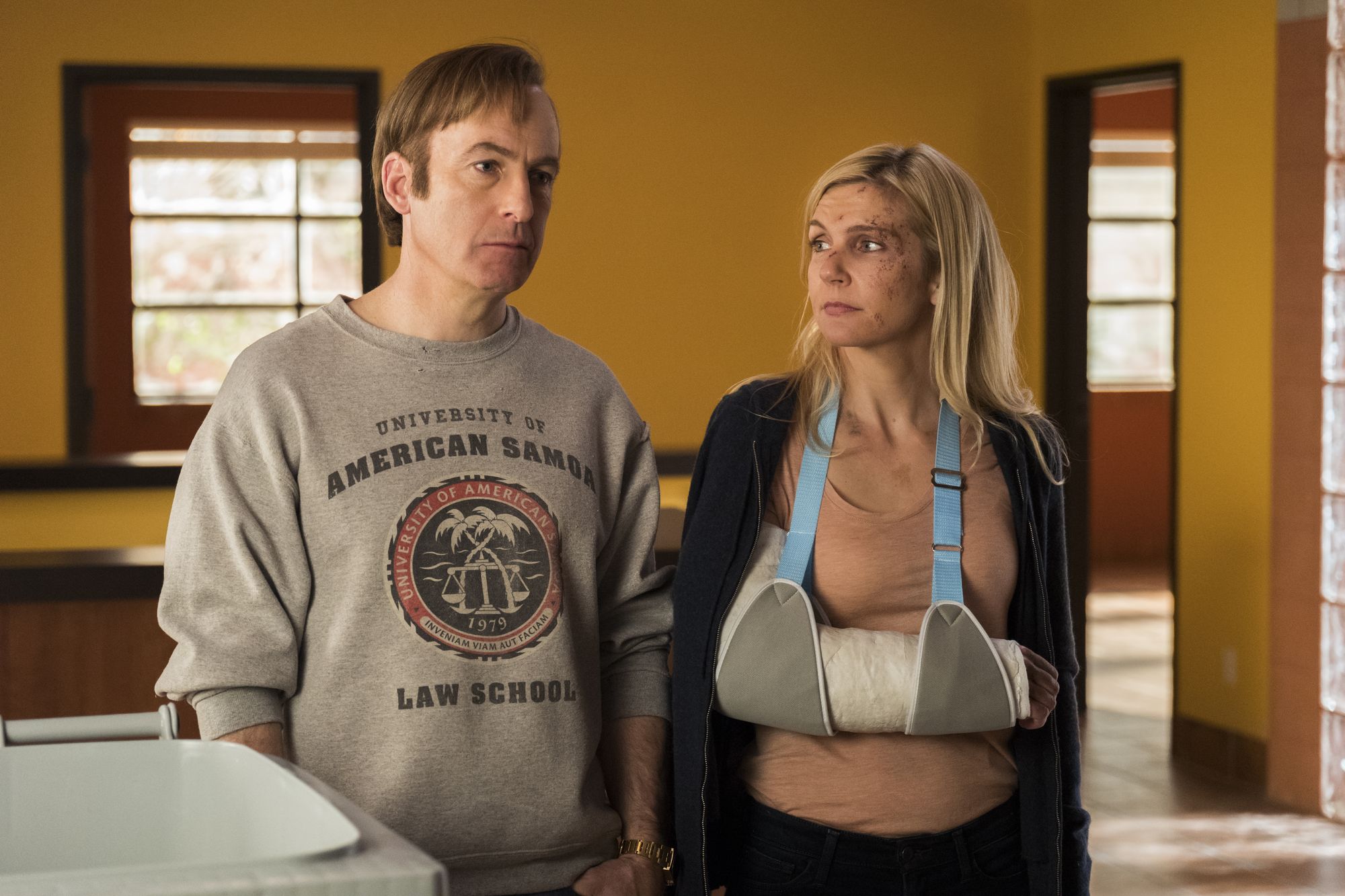
It is the relationship between Saul and Kim which is ultimately the beating heart of the series. Undeniably and passionately in love, the problem with their relationship, as the fate of Howard laid bare, was the effect they had on each other as they egged each other on to stray further from the straight and narrow, as they both thirsted for that something extra.
The moment in the season when Kim realises this issue is a great example of the typically brilliant visual storytelling. In episode 9, after attending Howard’s funeral and having to lie to his wife, they exit into the car park, stand to face each other and behind them are two cars, similarly facing each other. It was at this moment Kim accepted that, like the cars behind them, their relationship was a car crash waiting to happen, and so when they met up again back at their house, she voiced her concern to him and ultimately left him.

While being a prequel in name, looking forward into the world of Breaking Bad, the final few episodes of Better Call Saul are consciously post-Breaking Bad, providing a backwards-looking response to it.
As the series moves into being a sequel, it returns to ideas of consequence and accountability. Always the voice of wisdom, in episode 11, Mike warns Saul to stay away from Walter White, and the final two episodes deal with the consequence of Saul ignoring this advice - the disintegration of everything he worked for.
Noticeably, he is Gene when he is caught and Saul when he is defending himself, but when he finally accepts responsibility for his part to play in the rise of Walter and Jesse, he returns to being simply Jimmy Mcgill. In this manner, he has purged himself of the Saul Goodman of Breaking Bad and Saul’s creation - the manifestation of his desire to evade responsibility - Gene.

Furthermore, Breaking Bad ended with thrills and a big bang, as Walter died murdering the neo-Nazis and allowing Jesse to escape. Better Call Saul leaves the action behind, looking instead at the consequences of such relentless thrill, in an ending of quiet, black and white reflection. Jimmy knows his life is over as he faces 86 years in jail, but he can be settled with the fact he ended it on his own terms.
The most heartbreaking moment of the finale takes place when Kim visits Jimmy in jail. They share a cigarette, just as they did in their first ever on-screen interaction, and the tip of the cigarette is bright orange, the only colour present in the black and white scene. The spark that they had at the beginning of their relationship is still there, reflected by the cigarette, but as everything else has changed now, she has to say goodbye and leave him.
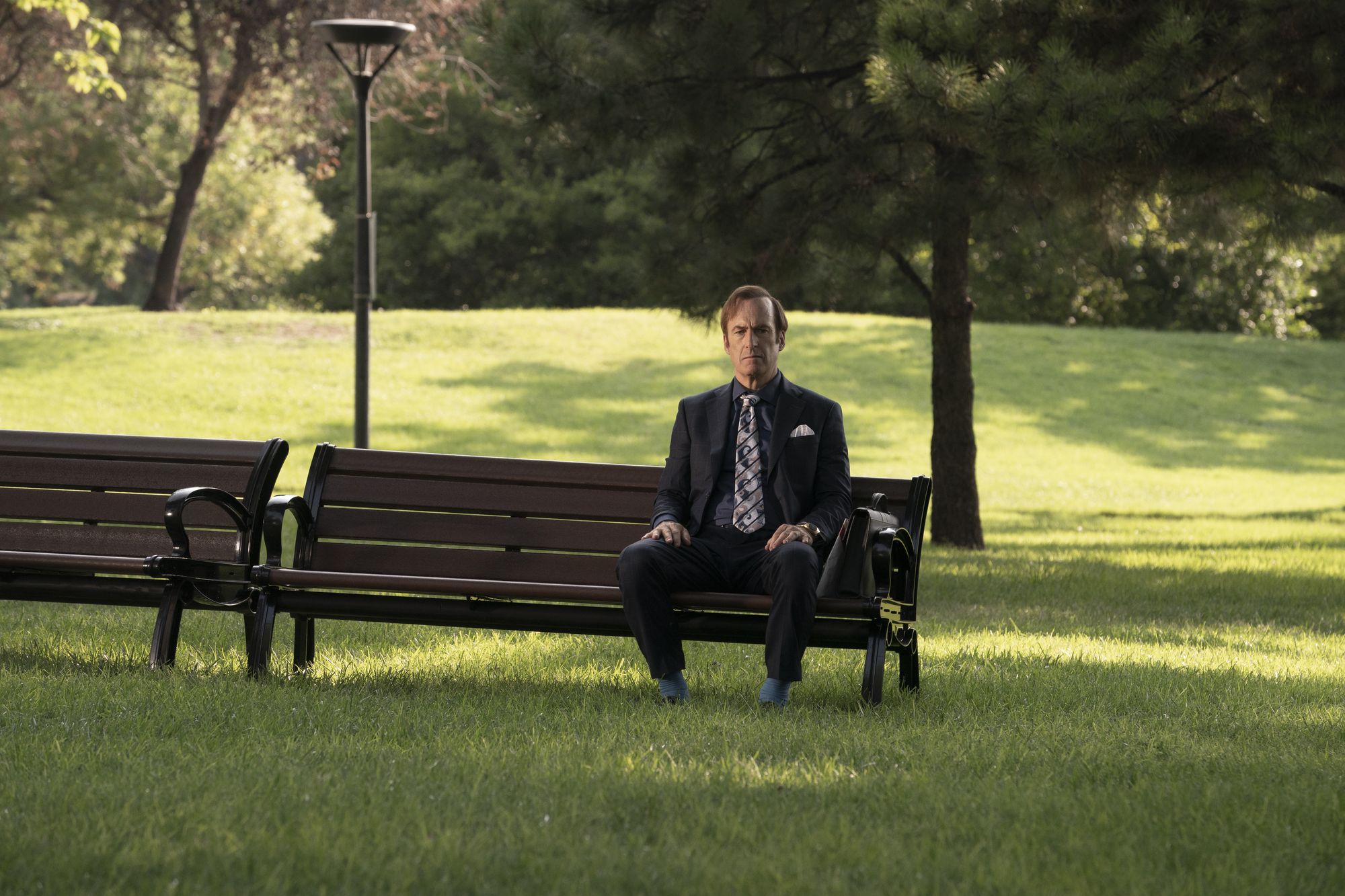
The inescapable question which arises out of a prequel as strong as Better Call Saul is, of course, which one is better? Fortunately, Better Call Saul has made that question invalid.
By refusing to continue in the same manner as Breaking Bad, (after all, the standard set by it would make that almost impossible) and instead providing a series which simultaneously reflects upon it and takes the universe in a completely different direction allows Better Call Saul to stand side by side with Breaking Bad.
They are in separate lanes, but with equal power, as works created by a collection of people with nothing short of generational genius.
Featured Image: IMDB
Can you choose between Breaking Bad and Better Call Saul?

